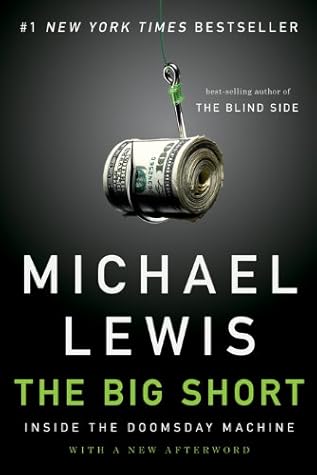More on this book
Community
Kindle Notes & Highlights
They didn’t keep the loans but sold them to Goldman Sachs and Morgan Stanley and Wells Fargo and the rest, which packaged them into bonds and sold them off.
The evolution of eye surgery was another great example. In the 1990s, the ophthalmologists were building careers on performing cataract procedures. They’d take half an hour or less, and
yet Medicare would reimburse them $1,700 a pop. In the late 1990s, Medicare slashed reimbursement levels to around $450 per procedure, and the incomes of the surgically minded ophthalmologists fell.
The closer you were to the market, the harder it was to perceive its folly.
In Bakersfield, California, a Mexican strawberry picker with an income of $14,000 and no English was lent every penny he needed to buy a house for $724,000.
He thought the cause of the financial crisis was “simple. Greed on both sides—greed of investors and the greed of the bankers.” I thought it was more complicated. Greed on Wall Street was a given—almost an obligation. The problem was the system of incentives that channeled the greed.
The line between gambling and investing is artificial and thin.
What are the odds that people will make smart decisions about money if they don’t need to make smart decisions—if they can get rich making dumb decisions?
A book I had thought of mainly as a real-life story so good that its author could only screw it up had somehow become a policy paper on the roots of the financial crisis.
The transformation was as mysterious as the journey of the apple from forbidden fruit to daily medicine.


